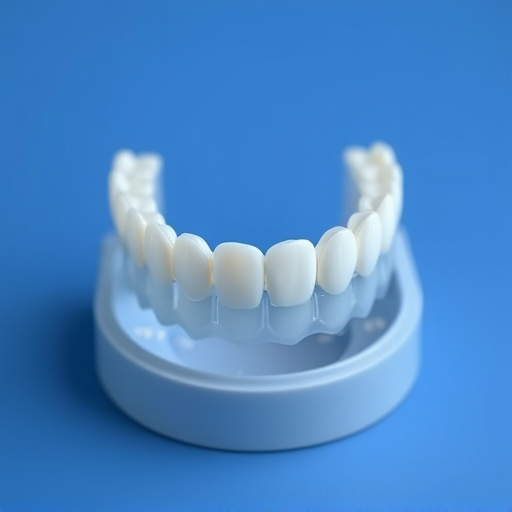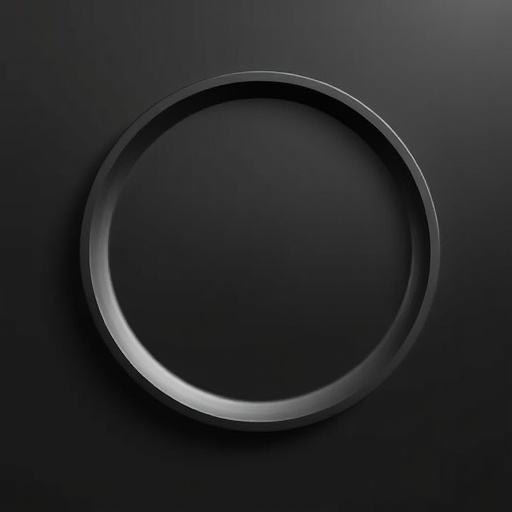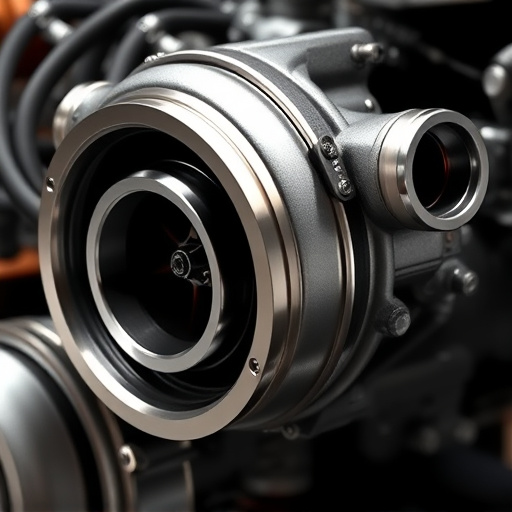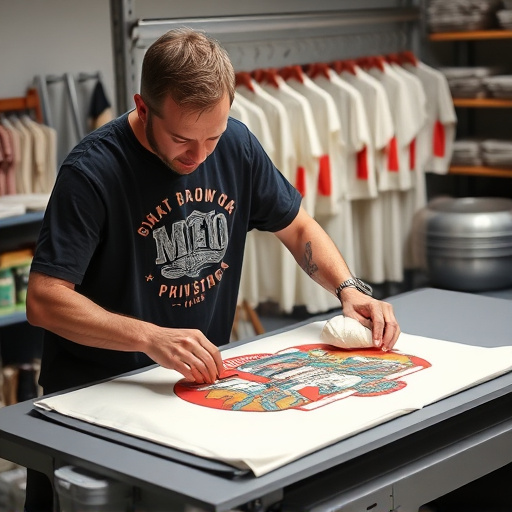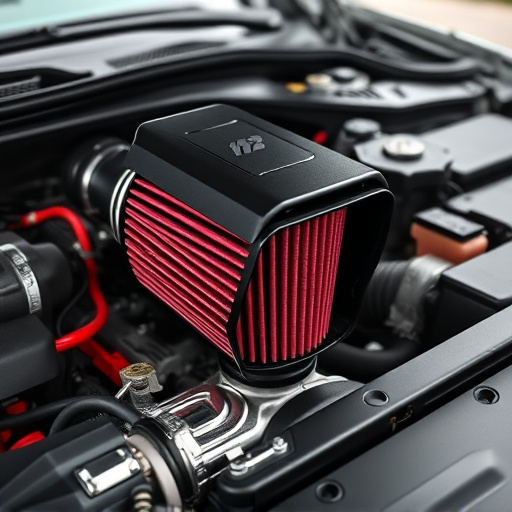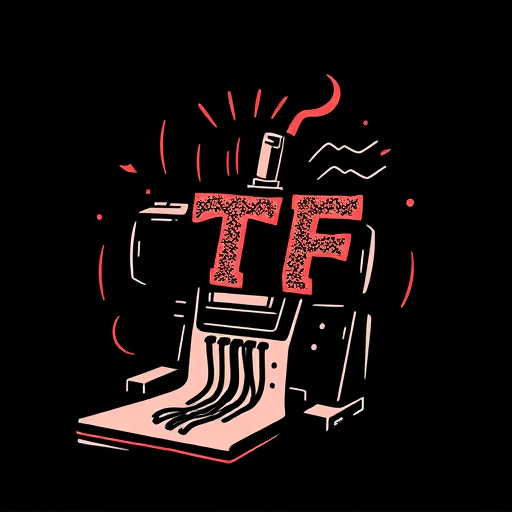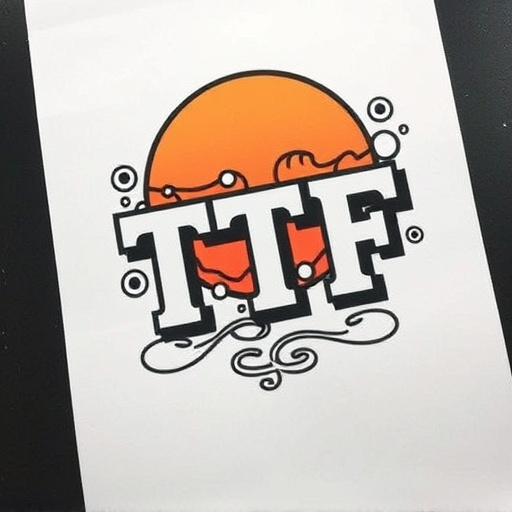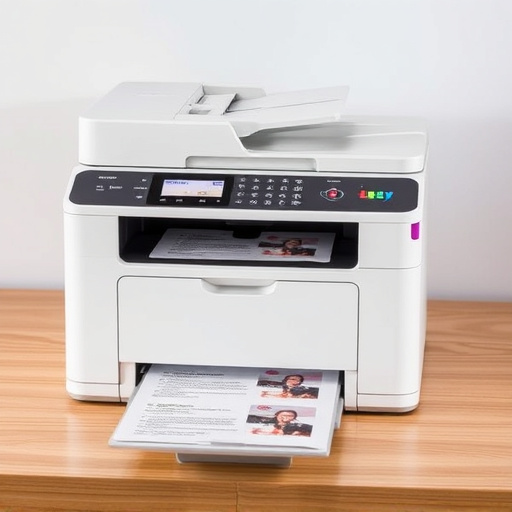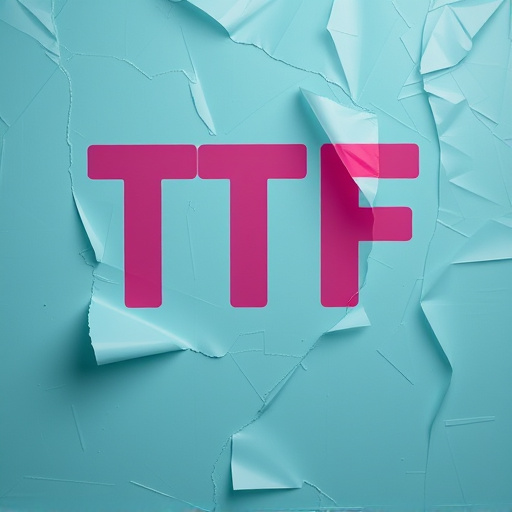Custom Direct To Film Transfers offer cutting-edge printing on fabrics, ensuring vibrant colors and intricate patterns on dark garments. Longevity depends on material quality, storage conditions, and framing, with specialized providers and cool, dry storage vital for maintaining transfer integrity over time.
“Unveiling the long-term durability of custom Direct to Film (DTF) transfers is essential for any print enthusiast. This article delves into the intricacies of the DTF process, exploring how it transforms digital art into lasting, high-quality prints. We dissect key factors influencing transfer longevity, from media types to storage conditions. Additionally, we unveil best practices and future-proofing techniques to ensure your custom DTF transfers stand the test of time, preserving cherished moments and artistic expressions for generations to come.”
- Understanding the Direct to Film Process
- Factors Affecting Longevity of Custom Transfers
- Ensuring Lasting Quality: Best Practices and Future-Proofing Techniques
Understanding the Direct to Film Process
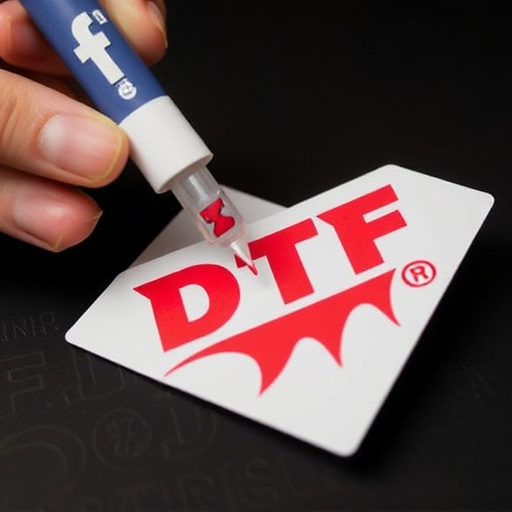
The Direct to Film (DTF) process is a cutting-edge technique that enables the creation of high-quality, long-lasting custom designs on various materials, particularly fabrics. This method eliminates the need for traditional printing techniques by directly transferring ink onto the surface through specialized machinery. Custom Direct To Film Transfers offer unparalleled precision and detail, ensuring that intricate patterns and vibrant colors are accurately reproduced.
In the context of apparel, DTF printing has revolutionized personalized hoodies and t-shirts. It allows for direct application of designs to dark fabrics, a challenge often encountered with conventional printing methods. This innovative approach ensures that the final product retains its vibrancy and definition, even after frequent washing and prolonged use. For those seeking unique, durable, and visually striking garments, DTF printing is an ideal solution, catering to both fashion enthusiasts and businesses looking to offer distinctive products.
Factors Affecting Longevity of Custom Transfers

The longevity of custom Direct to Film (DTF) transfers is influenced by several factors that play a crucial role in determining their durability over time. One of the primary considerations is the quality of the materials used; high-grade film bases and inks designed for long-term stability are essential. The manufacturing process itself must adhere to strict standards, ensuring consistent application and minimal defects that could lead to premature fading or deterioration.
Additionally, storage conditions significantly impact the lifespan of DTF transfers. Exposure to direct sunlight, extreme temperatures, and high humidity levels can accelerate the aging process, causing colors to fade and the film to become brittle. Proper storage in a cool, dry place, away from direct light sources, is vital for maintaining the transfer’s integrity. Understanding these factors allows users to make informed decisions when choosing custom DTF transfers, ensuring they invest in products that will withstand the test of time.
Ensuring Lasting Quality: Best Practices and Future-Proofing Techniques
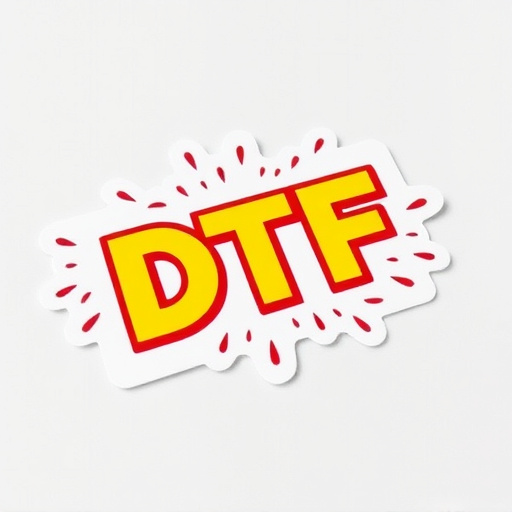
To ensure the lasting quality of custom direct to film (dtf) transfers, it’s essential to follow best practices and employ future-proofing techniques. The first step involves selecting a reputable provider that specializes in dtf transfers, ensuring they use top-tier materials and state-of-the-art printing technology. This foundation is crucial for preventing color fading and other forms of degradation over time.
Regular maintenance and storage are also vital. Properly stored films should be kept in cool, dry places away from direct sunlight or extreme temperatures. Additionally, using archival quality frames and mounting materials can significantly extend the lifespan of custom dtf transfers. Always opt for high-quality printing on durable substrates, as this reduces the risk of damage during handling and display.
The long-term durability of custom direct to film transfers depends on several factors, including the quality of materials used and application of best practices. By understanding the intricacies of the direct to film process and implementing future-proofing techniques, creators can ensure their digital art endures for generations. Investing in high-quality media and employing industry standards for storage and preservation significantly enhances the longevity of these custom transfers, safeguarding the integrity of the original artwork.
